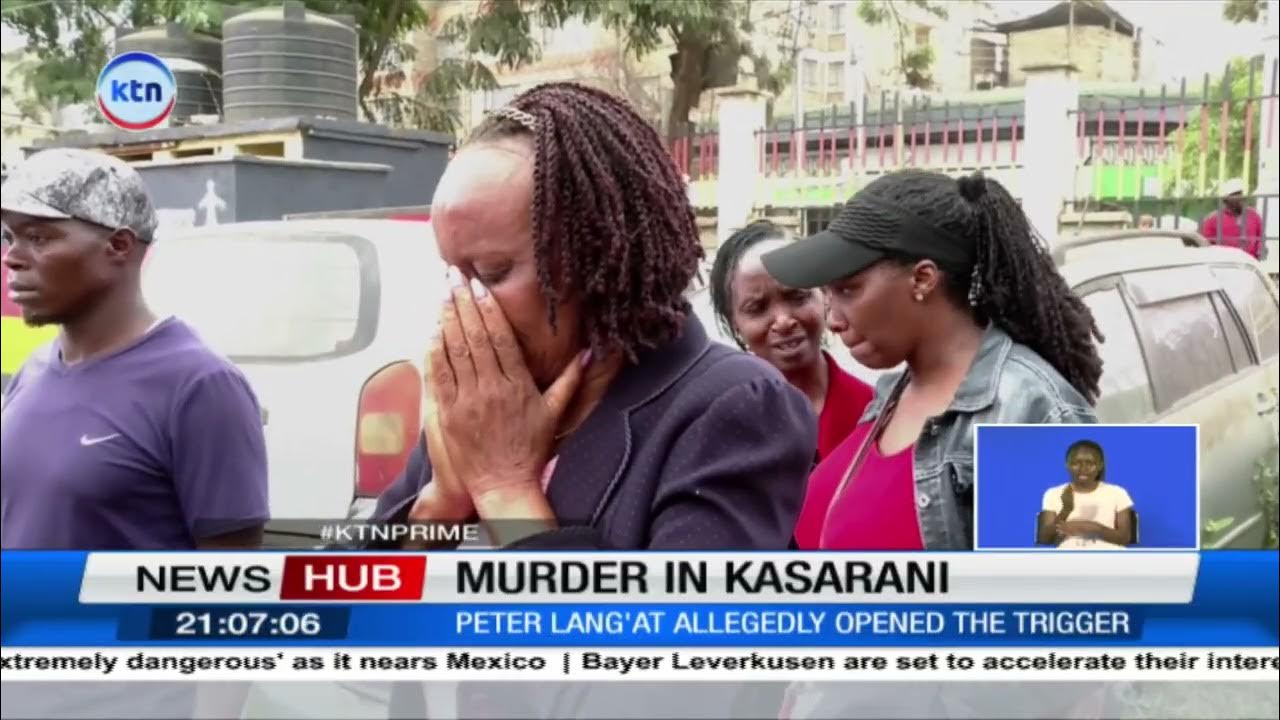The problem with racial color blindness | Phil Mazzocco | TEDxMansfield
Summary
TLDRThe video discusses the tragic shooting of 12-year-old Tamir Rice by police in Cleveland, Ohio, highlighting the implications of race in law enforcement. It examines the concept of racial colorblindness, which denies the existence of racial inequalities and often masks systemic racism. The speaker categorizes various manifestations of this ideology and contrasts it with multiculturalism, advocating for a more inclusive society that acknowledges racial disparities. Ultimately, the video calls for open discussions about race to foster understanding and healing within the community.
Takeaways
- 📰 A 911 call on November 22, 2014, reported a person pointing a pistol at people in a Cleveland park, later identified as 12-year-old Tamir Rice, who was holding a toy gun.
- ⏱️ Police arrived approximately eight minutes later, and within moments of their arrival, one officer shot Tamir Rice, who died the following day.
- ⚖️ The incident raised significant questions about racial dynamics, as Tamir Rice was Black and the officers involved were white.
- 🤔 It is debated whether the outcome would have been different if Tamir Rice had been white, including considerations of perceived threat and medical response.
- 📊 Data from a 2015 Washington Post analysis revealed that Black individuals accounted for a disproportionate percentage of fatal police shootings in 2014.
- ❓ The concept of racial colorblindness suggests that ignoring race could lead to a fairer society, but it is criticized for perpetuating racial inequalities.
- 🧑🤝🧑 Racial colorblindness manifests in multiple varieties, ranging from those believing in a post-racial society to those using it to mask ongoing racial issues.
- 📉 Research shows that colorblind policies often distract from existing racial inequalities and can harm minority individuals in various domains, such as education and employment.
- 🌈 In contrast, multiculturalism is proposed as a more beneficial approach, fostering understanding and tolerance among different racial and ethnic groups.
- 🗣️ The speaker emphasizes the need for honest conversations about race, recognizing both the contributions and challenges faced by racial minorities to move toward a more inclusive society.
Q & A
What incident is described in the transcript?
-The transcript describes the incident involving 12-year-old Tamir Rice, who was shot by police in Cleveland, Ohio, while holding a toy gun.
What was the initial call to 911 about?
-The 911 caller reported a man pointing a pistol at people in a local park, mentioning the possibility that the individual was a juvenile and that the gun might be a toy.
What was the racial composition of the individuals involved in the Tamir Rice shooting?
-Tamir Rice was Black, and the two police officers involved were White.
What are the implications of race in the context of the Tamir Rice incident?
-The transcript raises questions about whether race influenced the 911 call, the officers' perception of threat, and the response they had toward Tamir Rice, suggesting that race may have impacted the outcome.
What statistics were presented regarding fatal police shootings?
-In 2014, Black individuals made up approximately 13.2% of the U.S. population but accounted for 27% of all fatal police shooting victims, indicating a higher likelihood of being shot compared to their population percentage.
What is racial colorblindness, according to the transcript?
-Racial colorblindness is the ideology that suggests ignoring race in social contexts, often framed as a means to achieve equality, but it can mask racial inequalities and create ignorance about them.
What are the four varieties of racial colorblindness identified in the transcript?
-The four varieties are: 1) Egalitarian Colorblindness, which assumes a post-racial society; 2) Protectionist Colorblindness, characterized by a defensive mindset; 3) Visionary Colorblindness, which acknowledges racial issues but views colorblindness as a solution; and 4) Antagonistic Colorblindness, used as a justification for opposing racial programs.
What are some negative effects of colorblind policies in education?
-Colorblind policies in education can lead to the neglect of specific challenges faced by minority students, resulting in their struggles being overlooked and negatively impacting their academic performance.
How does the Black Lives Matter movement contrast with the All Lives Matter movement?
-The Black Lives Matter movement emphasizes the specific struggles and inequalities faced by Black individuals, while the All Lives Matter movement suggests a more generalized view of hardship, implying that all lives are equally disadvantaged.
What does the transcript suggest as an alternative to racial colorblindness?
-The transcript suggests embracing multiculturalism, which recognizes racial diversity and aims to foster understanding, tolerance, and appreciation for the unique contributions of different racial and ethnic groups.
Outlines

This section is available to paid users only. Please upgrade to access this part.
Upgrade NowMindmap

This section is available to paid users only. Please upgrade to access this part.
Upgrade NowKeywords

This section is available to paid users only. Please upgrade to access this part.
Upgrade NowHighlights

This section is available to paid users only. Please upgrade to access this part.
Upgrade NowTranscripts

This section is available to paid users only. Please upgrade to access this part.
Upgrade NowBrowse More Related Video

ABC World News Tonight Full Broadcast - June 29, 2024

Bodycam Video | Atlanta Police arrest 2 people on murder warrants, baby found inside next to guns

The Hate U Give Chapter 4 - Read by Ms. Nisa

High School Graduation Party Ends in Disaster

LEAD4: Internal Security Operation

Man shot dead at close range in Kasarani
5.0 / 5 (0 votes)